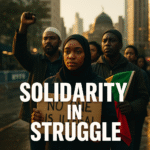
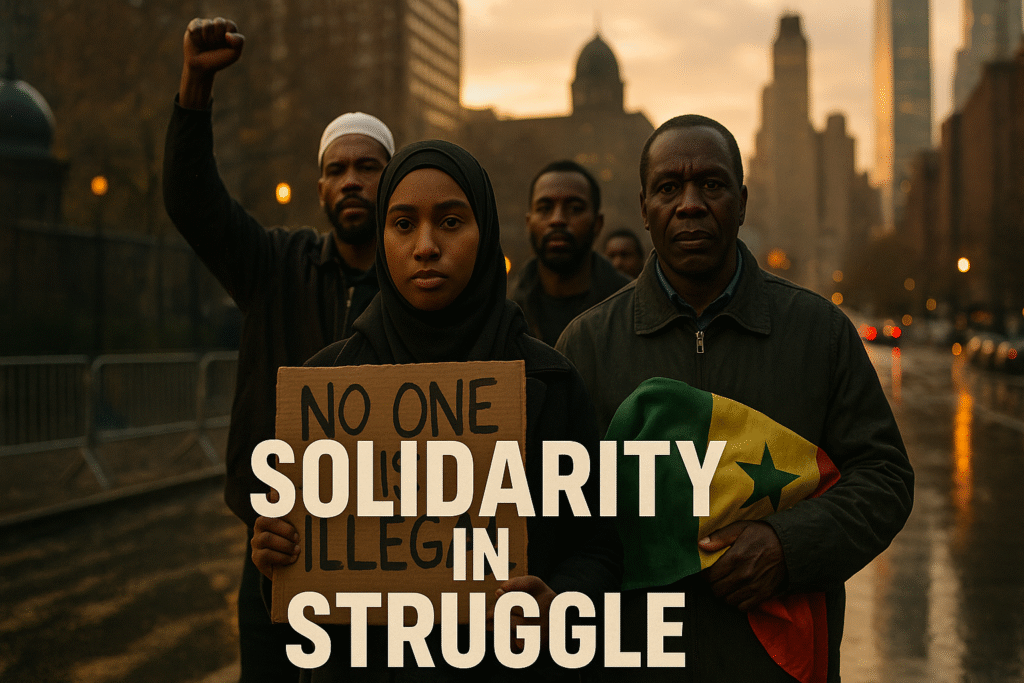
Black and Immigrant Solidarity in NYC: Uniting Against Trump’s ICE Raids and Anti-Muslim Policies
The History Behind The Headlines
By Darius Spearman (africanelements)
Support African Elements at patreon.com/africanelements and hear recent news in a single playlist. Additionally, you can gain early access to ad-free video content.
In New York City, a powerful call has been made for solidarity between Black and immigrant communities as they face increasing enforcement actions under President Trump’s administration. Recent federal raids have intensified already fragile tensions where immigration enforcement is disproportionately impacting Black and Muslim populations. This alliance, critics argue, is essential to protect human rights and pursue shared goals for dignity, opportunity, and safety.
Federal Raids Target Black and Muslim Immigrants in NYC
On October 21, 2025, New York City’s Canal Street became the focal point of a harsh ICE raid that saw nine undocumented African immigrants arrested. Many came from West African countries such as Senegal, Guinea, and Mali. This operation was marked by a heavy federal presence including armed trucks patrolling Lower Manhattan, creating an atmosphere of intimidation for vendor communities in the area.
Following this raid, hundreds of New Yorkers took to the streets in protest, condemning not only the aggressive federal tactics but also the racialized targeting of Black and Muslim immigrants, particularly those from immigrant street vendors who are often employed in vulnerable sectors. Activists and community leaders have denounced this strategy as part of a broader agenda that conflates immigration enforcement with anti-Black and Islamophobic policies.
Shamier Settle, a well-known community advocate, highlights that increasing resources devoted to ICE and its coordination with local police threaten the social fabric of Black neighborhoods by diverting funding away from education and vital social services. Civil rights groups, including Muslim Advocates and CAIR New York, have denounced what they describe as Trump’s expanded bans targeting Black and Muslim populations.
The Historical Ties of Black and Immigrant Solidarity in New York City
This moment in history echoes a long tradition of solidarity between Black and immigrant communities in New York City. Harlem and the Lower East Side stand as historic sites of cross-racial cooperative movements spanning mutual aid and collective activism from the nineteenth century onward.
From the days of the Underground Railroad, through the Civil Rights era, and into contemporary movements against ICE raids and state violence, Black residents and immigrant communities have joined forces against oppression. Black Muslims and Afro-Caribbean immigrants, who collectively number in the hundreds of thousands today, carry this legacy forward even as they face layered discrimination targeting their race, religion, and immigrant status.
New York’s Black and Muslim Immigrant Communities: Faces Behind the Numbers
New York boasts one of the largest and most diverse Muslim populations in the United States, with over 800,000 residents identifying as Muslim. Approximately one-third of these are Black Muslims, many from West African and Caribbean origins. These communities are deeply intertwined with the broader African diaspora in the city.
Recent ICE arrests reflect a troubling trend of racial profiling, as disproportionately targeted individuals hail from Senegal, Haiti, Nigeria, and Guinea. The following chart helps illustrate the size of these immigrant populations in NYC, shining a light on the communities bearing the brunt of increased enforcement:
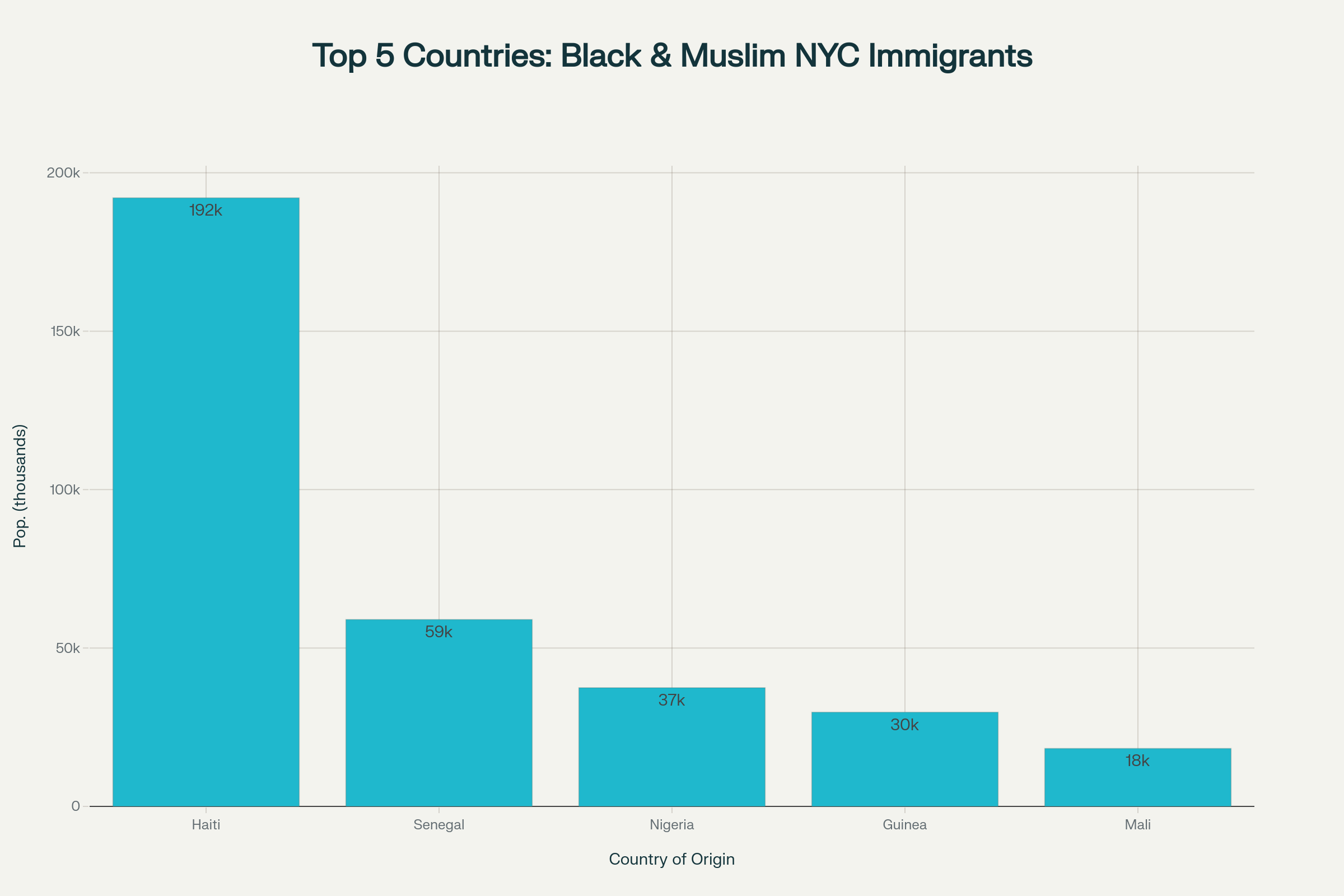
The diversity within New York’s Muslim community is equally noteworthy, with Black, South Asian, Arab, and Latino populations all represented. Here, the prominent role of Black Muslims underscores why enforcement tactics that conflate race, religion, and immigration status are so damaging to the city’s delicate social fabric:
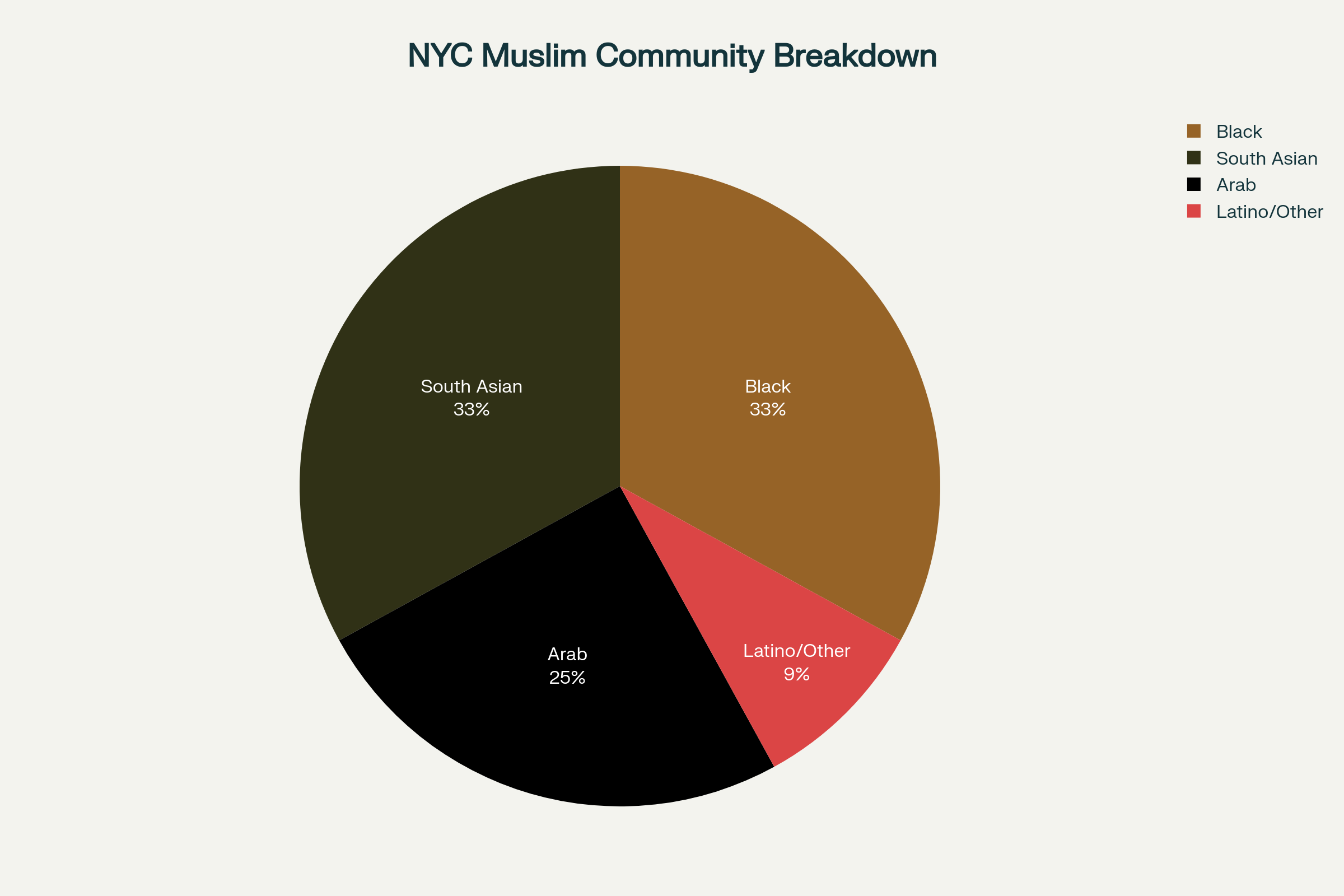
Rising Resistance: Mobilizing Communities Through Protest and Mutual Support
The targeting of Black and Muslim immigrants has sparked a notable wave of public demonstrations in New York City. Immigration-related protests have surged throughout 2025, with October alone seeing nearly sixty events. This groundswell of activism highlights the rising urge among New Yorkers—especially those from marginalized communities—to resist policies that threaten their rights and welfare.
These protests are largely peaceful and emphasize unity and shared purpose. They also reflect a deep awareness among activists that threats to immigrant communities are part of a larger system of oppression that also impacts African Americans and Muslims alike. The line chart below captures the sharp increase in immigration-related protests across NYC through 2024 and 2025, underscoring the urgency fueling community action:
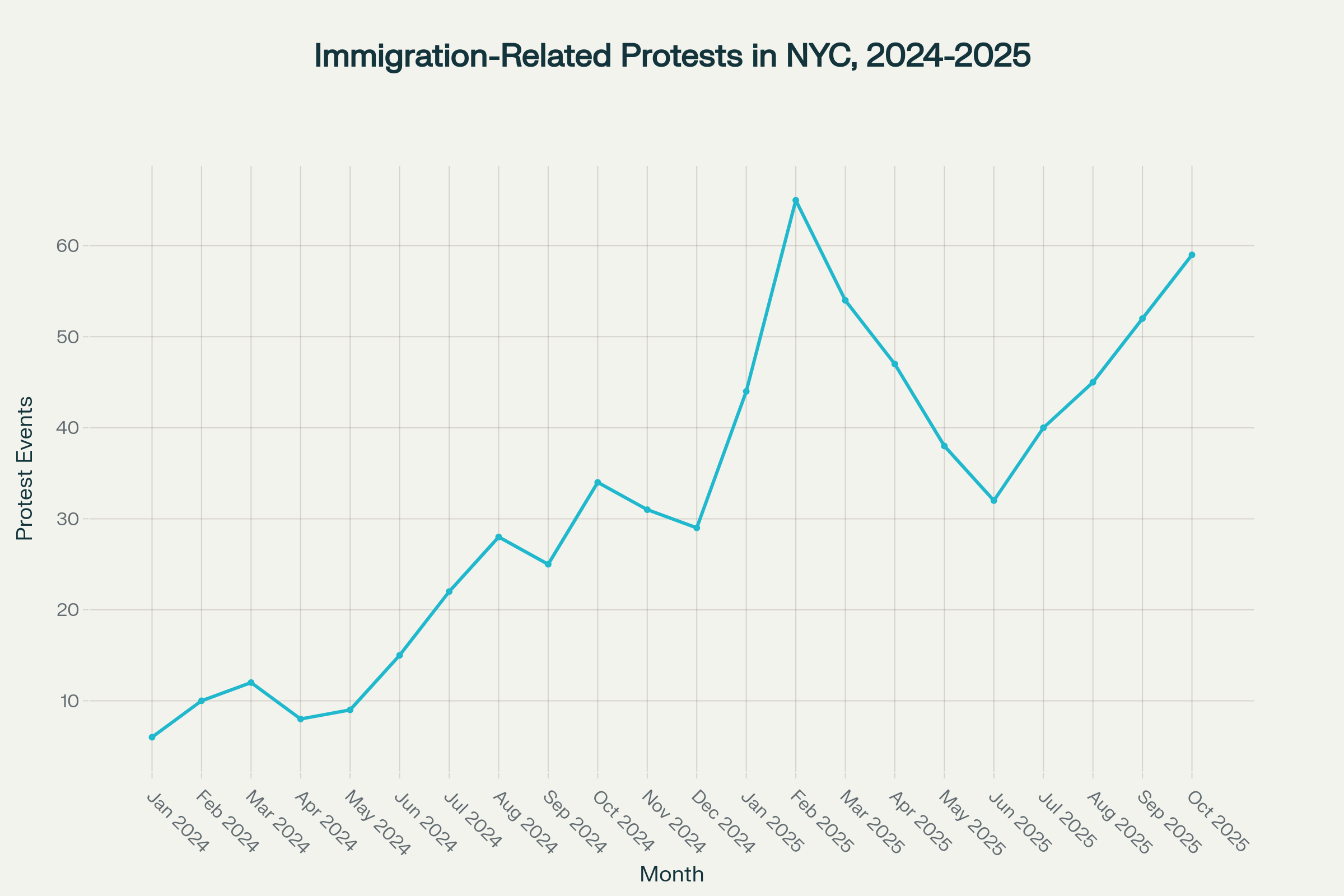
Why Solidarity Matters: Protecting Communities and Securing Justice
The fight against ICE raids and policies that link immigration enforcement with anti-Black and anti-Muslim rhetoric is about much more than just the actions of today’s administration. It is part of a broader struggle for civil rights, human dignity, and justice that resonates throughout the African diaspora and immigrant communities in New York City.
History reveals how Black and immigrant communities have relied on each other for strength in the face of state backlash and racism—from mutual aid networks of the early twentieth century to collaborative protests today. Ignoring this intersectional solidarity threatens to divide movements that share much in common.
Voices in the community and leaders like Vic Mensa urge a united front. Their message is clear: when one group’s rights are violated, the rights of all are at risk. As ICE’s tactics escalate, the need to stand together is urgent for the safety, opportunity, and dignity of every New Yorker, especially those from Black, African, and Muslim diasporas.
In this season of intensified enforcement and division, the solidarity between Black and immigrant communities in New York City is both a historic continuation and a critical necessity. Their joint resistance will shape the future of social justice and civil rights for generations to come.
About The Author
Darius Spearman has been a professor of Black Studies at San Diego City College since 2007. He is the author of several books, including Between The Color Lines: A History of African Americans on the California Frontier Through 1890. Visit Darius online at africanelements.org.
